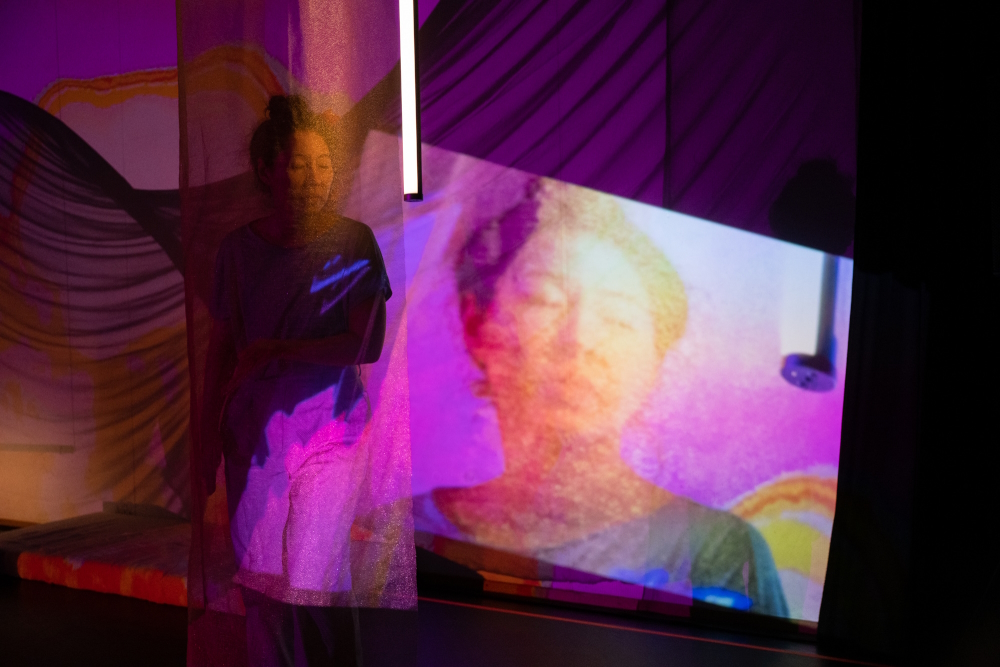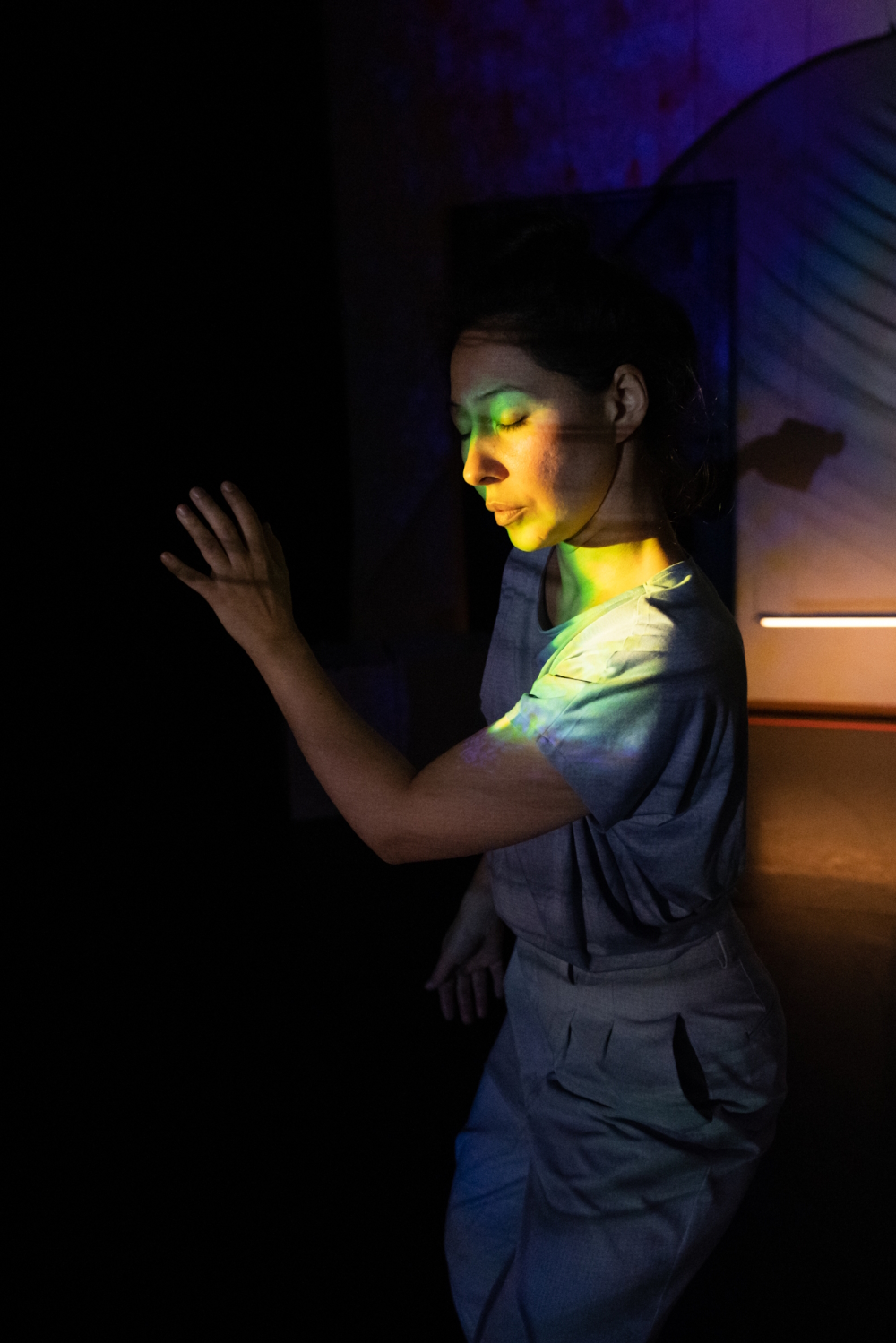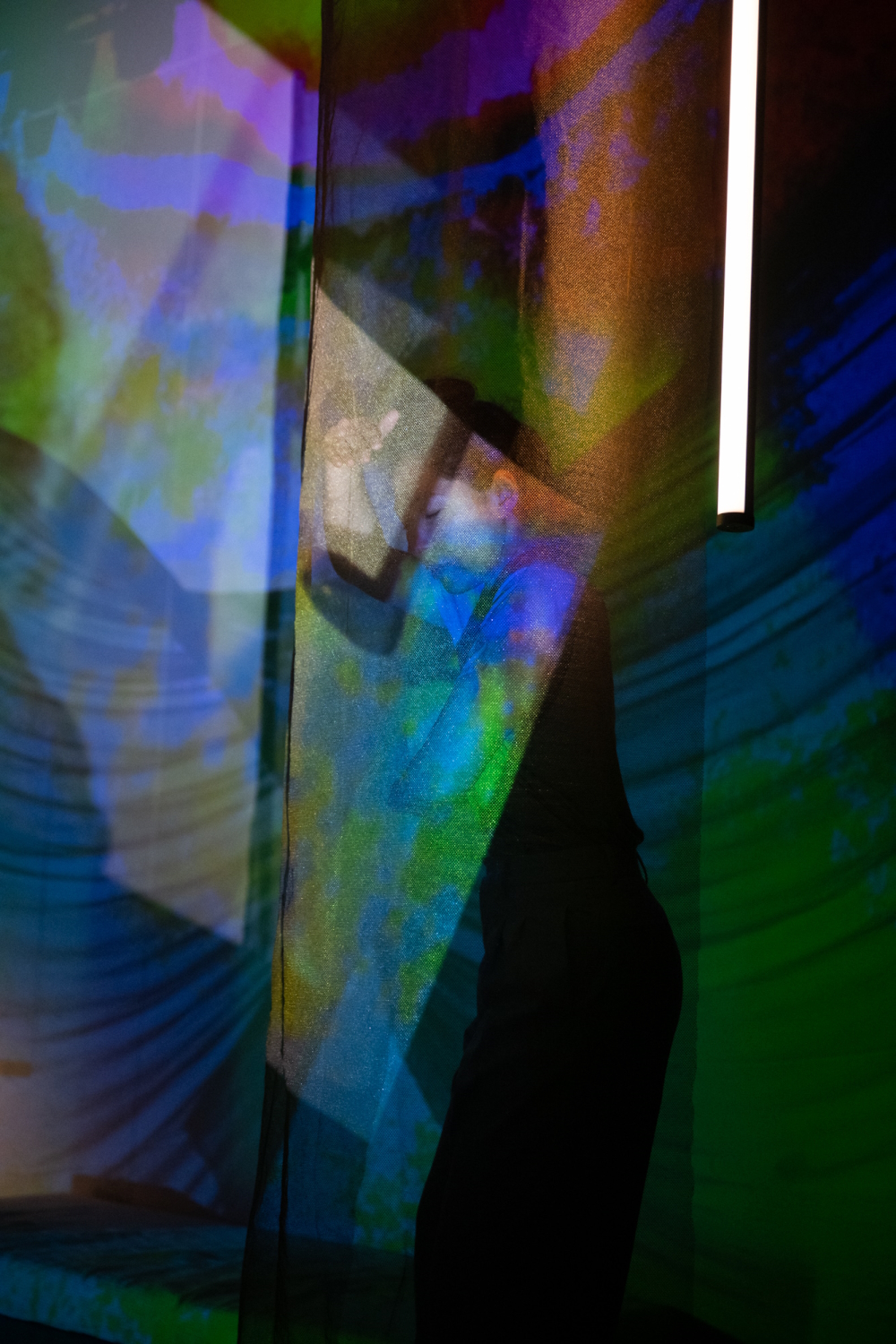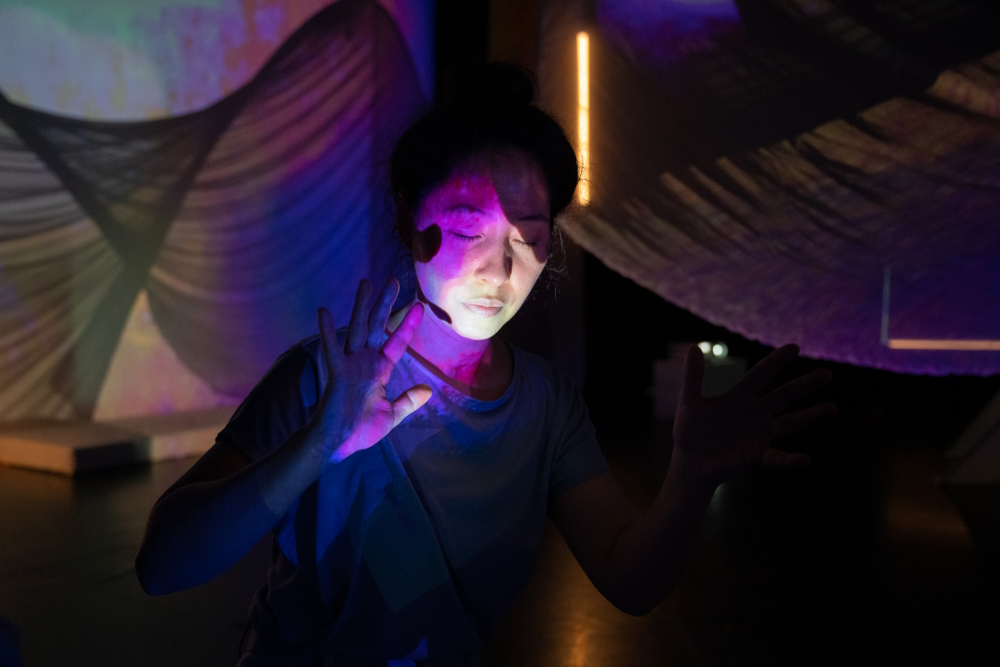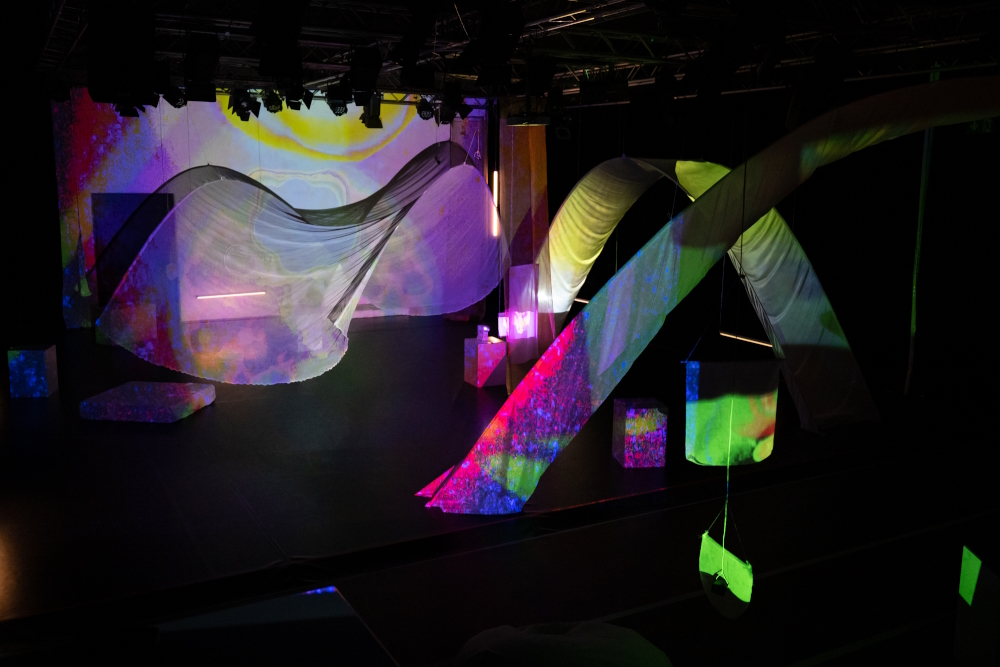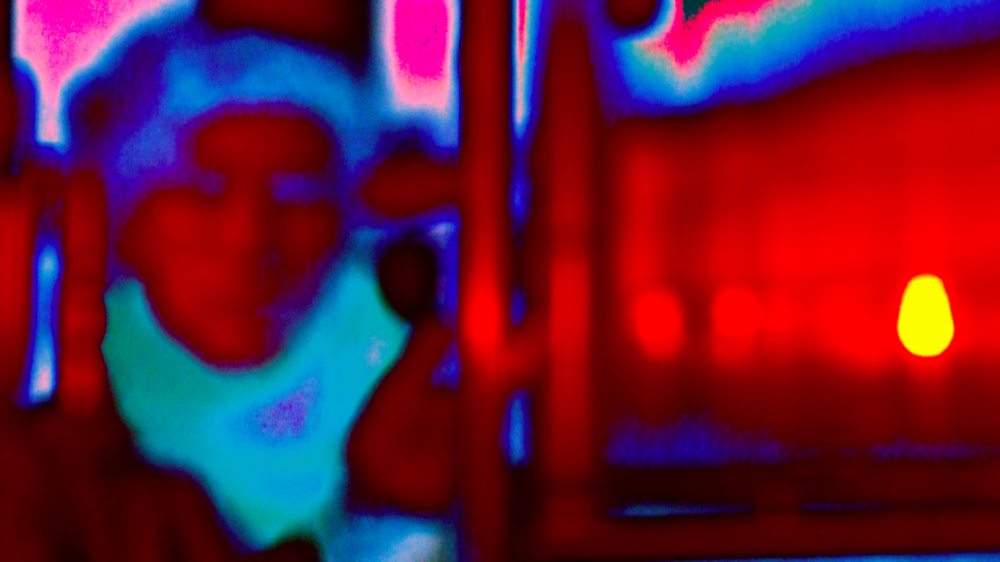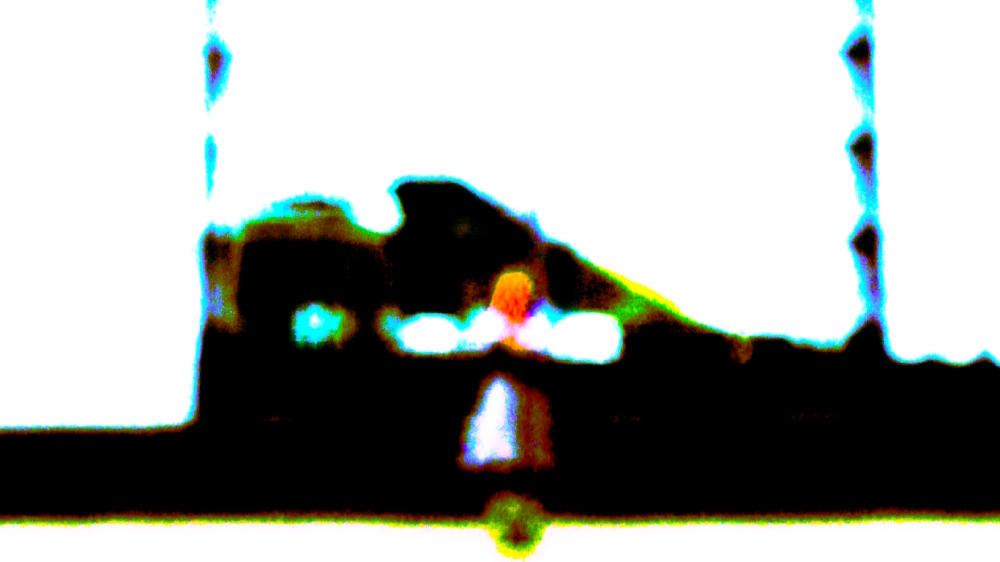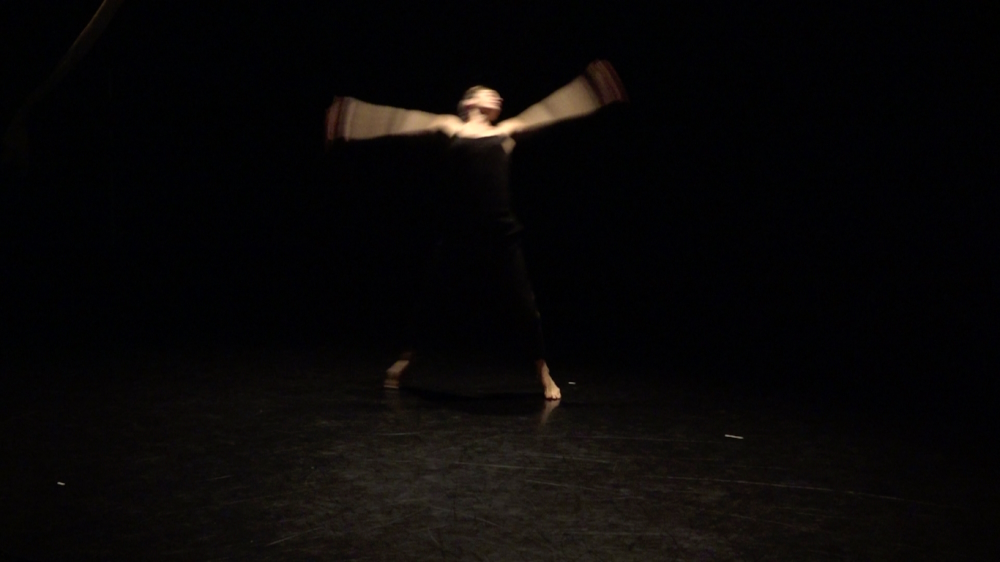Stephanie Scheubeck
Synaesthete Choreographer / Dance Artist / Video Artist / awarded Filmmaker / Researcher
Germany
The origin of this creative’s output is a special characteristic! "Synaesthesia", according to Tilot et al. (n.d.), "is a neurological phenomenon affecting perception, where triggering stimuli (e.g. letters and numbers) elicit unusual secondary sensory experiences (e.g. colours). In Stephanie Scheubeck`s case sounds, kinaesthetic perception, smells and many other stimuli are associated with colours, textures and shapes. The abstract images of the world, which she captures, serve as source of inspiration and base for her work. Holding a Master of Arts in Dance (with distinction), her work is based in her body as a source from where her creations spring. Stephanie embodies her - often visual - synaesthetic experiences, which American neurologist Richard Cytowic calls „fireworks“, in her performances, films and audio-visual installations. Their purpose is, she states on her website, „to create immersive atmospheres that provoke a sensory experience for the audiences, challenge habitual perceptions of the world [...] and promote synaesthesia as an example of diversity in society.“
Stephanie Scheubeck
Synaesthete Choreographer / Dance Artist / Video Artist / awarded Filmmaker / Researcher
Germany
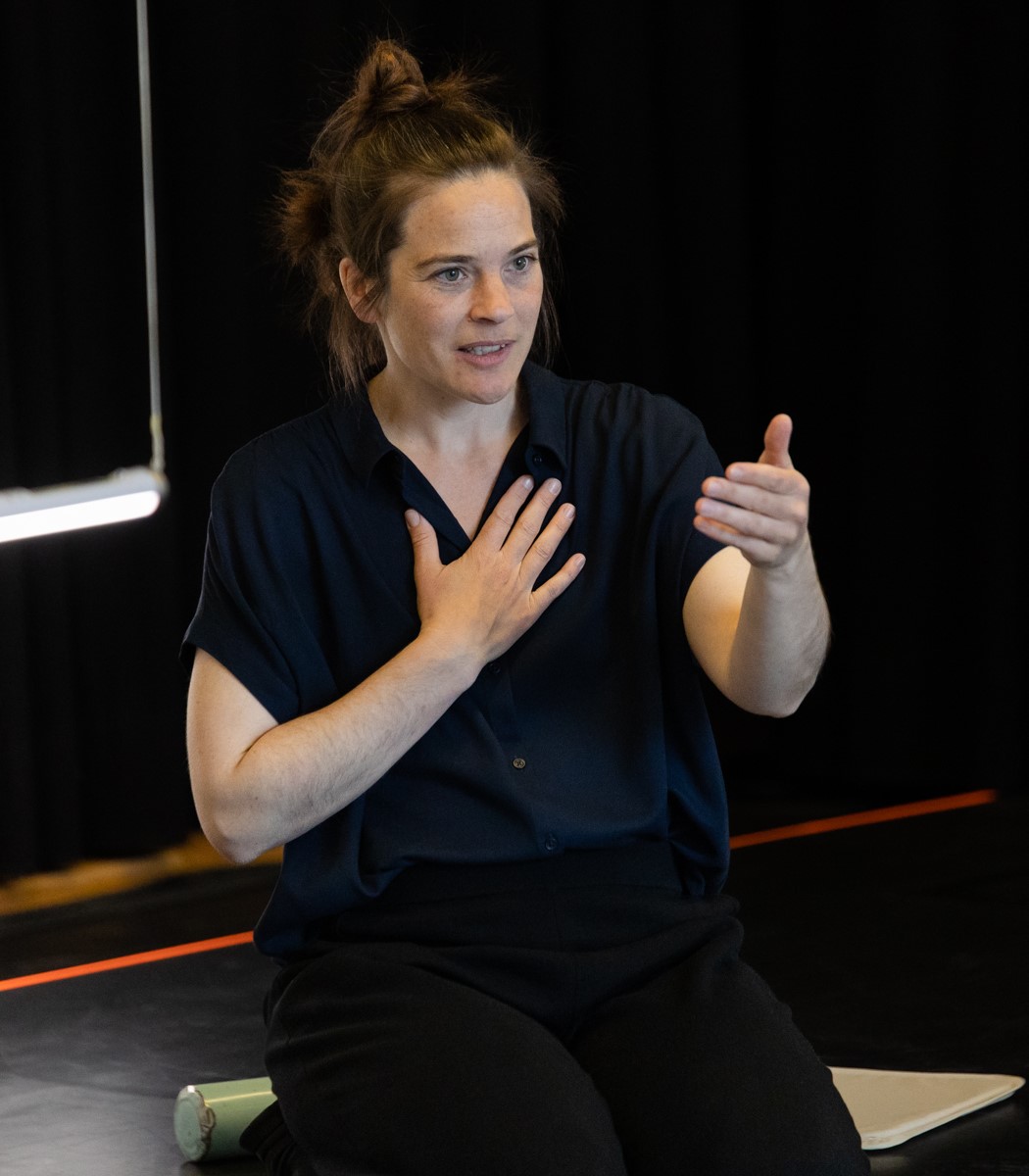
Simply surprising! There is a great number of famous artists that experience synaesthesia. The long list on Wikipedia et al. features world famous musicians Beyonce, Billie Eilish, Lady Gaga, Pharrell Williams, Billy Joel, Duke Ellington as well as the painters David Hockney and Wassily Kandinsky, composers Franz List, Nikola Rimsky Korsakov, Richard Wagner or writer Vladimir Nabokov, poet Arthur Rimbaud and philosopher Ludwig Wittgenstein. The mentioned ones are popular, but no exceptions. „Scientists think that about 4.4% of the population has some type of fully fledged synaesthesia“ (ec.europa.eu) and „currently, over 80 types of synaesthetic experiences are described by brain scientists” (betterhelp.com, 06/2023). Stephanie Scheubeck experiences those so-called photisms for example when music plays: A space full of colours, textures and shapes opens up in front and around her.
The German (* 28 March 1981 in Nueremberg) founded Sound & Colour Production in 2018. The company is home for her artistic work, academic research and workshops on synaesthesia, dance and embodiment. It provides a platform for exchange on the highly individual processing of sensory information. A main topic is the relationship between synaesthesia and dance as it is largely unresearched. In the Journal of Dance & Somatic Practices (Vol. 11, issue 1), Stephanie has published her academic article ‚Colours on the surface of my body in motion: The relationship between synaesthesia and dance improvisation‘. She writes: „When I hear music, I see coloured, textured shapes. [...] Music opens a whole space, a world of images, forms, shapes, sensations and textures. Every sound is very different. Some music pieces create stronger synaesthetic images than others. I see coloured shapes with various textures hanging in an internal mental space, like in a black box. [...] Once I started moving to the music I physically entered that three-dimensional space. The cube expanded, the synaesthetic shapes, colours and textures filled the space of the dance studio three-dimensionally and I started moving into that music, into that space. It was as if the three-dimensional images, patterns and colours, were growing or as if I was shrinking to fit into them. I was moving through a landscape of different shapes and colours, which also frequently moved and altered depending on the music.“
Stephanie Scheubeck presented her research at the symposiums 'Queering the Somatic’ (2019, Middlesex University/UK), 'Narrating the Somatic: Gathering voices, sharing practices’ (2018, Middlesex University/UK) and ’Bodily Undoing: Somatic Activism and Performance Cultures as Practices of Critique’ (2017, Bath Spa University/UK).
She has worked as an associate lecturer on the MA & BA Dance at Bath Spa University (where she graduated in 2017) as well as at Staatliche Hochschule für Musik Trossingen (since 2023) and has taught internationally in a broad variety of contexts since 2010.
Her screendance films were featured in several festivals, exhibitions and magazines. ‘spectra’ in particular won various awards. She received a scholarship from Goethe Institute Ireland to present the film at Lightmoves Festival for Screendance (Ireland) and was invited to the Porthleven Prize Residency in Cornwall, including workshops, lectures and creations in different artistic media.
With her passion for collaborative creation processes, Mrs. Scheubeck co-founded several collectives. Her own productions have been presented internationally since 2007 including SinemaDans Film Festival Ankara (Turkey) and Dwellington Project Sydney (Australia). As a choreographer she received commissions from National Museum of Modern and Contemporary Art Seoul (Korea) as well as various companies and theatres in Germany. As a performer, the lady worked with The Nature Theatre of Oklahoma (US), Lisa May Thomas (UK), Willi Dorner (Austria), Anna Heighway (UK), Minako Seki (Japan/Germany), Company Blu (Italy), Elias Cohen (Chile), Theatre Pro (Germany), and many more.
‘I am fascinated by the things that are not graspable but that surround and inhabit us“, she says. „They are like colours in between – not visible to our eyes but sensible. I seek to embody and express them through performance so they become an experience for the audience.“
Stephanie Scheubeck is based in Berlin, Germany.
Interview November 2023
Synaesthesia as an artistic stimulant: embodying sound as coloured textured shapes and creating multi media works deriving from bodily experience
INTUITION/IMAGINATION
?: How does intuition present itself to you – in form of a suspicious impression, a spontaneous visualisation or whatever - maybe in dreams?
Intuition presents itself as a strong connection to my inner self. I have a strong vision, a visualization of an idea, that I then have to write down immediately, because even if it seems crystal clear in that moment and I think I would not be able to forget about any aspect of it, reality has taught me that once the vision is gone (for example the next morning, if the vision was just before falling asleep) I have forgotten many little aspects that made the vision in the moment so unique.
?: Will any ideas be written down immediately and archived?
Yes.
?: How do you come up with good or extraordinary ideas?
Relaxation, connection to myself, quietness and nature as well as routine / creative practice.
?: Do you feel that new creative ideas come as a whole or do you get like a little seed of inspiration that evolves into something else and has to be realized by endless trials and errors in form of constant developments until the final result?
New creative ideas can come as a whole and as well can spring from earlier projects, as a development of that work or an aspect of that work.
?: What if there is a deadline, but no intuition? Does the first fuel the latter maybe?
Not necessarily. It can, but a deadline can also be a hinderance to creativity. If inspiration lacks but a deadline approaches, I rely on my creative tools to produce tap into my creativity.
INSPIRATION
?: What inspires you and how do you stimulate this special form of imaginativeness?
Inspiration can come at any moment. Rest and relaxation support inspiration to kick in, as well as time for contemplation and observation of the external world and internal ongoings. Watching other art works, listening to music and so on can also be inspiring.
?: How do you filter between ideas that are worthwhile pursuing and bad ones that you just let go of?
It's a gut feeling. And then sometimes, during the process, there are choices to be made and good ideas need to be let go of for the greater vision and for the work to be cohesive.
?: Does an idea need to appeal to you primarily or is its commercial potential an essential factor?
The idea needs to appeal primarily. But it is never detached from its contextualization into the external world's contexts and ongoings. Its appeal is related to its relevance and contribution to art and to society.
?: Do you revisit old ideas or check what colleagues or competitors are up to at times?
Old ideas can serve as a springboard for new ideas. Works of colleagues can definitely be a source of inspiration.
CREATIVITY
?: What time or environment best suits your creative work process — for example, a time and place of tranquility or of pressure? Which path do you take from theory or idea to creation?
Both tranquility and pressure can serve the creative process - which is a dynamic path, changing every day. Ideas need to be brought into action, shape, form, material, painted, embodied, danced, filmed, edited, projected and played around with. By making the idea travel through different media and approaches, the artistic output takes shape and the main media for the idea becomes clear.
?: What’s better in the realization process — for example, speed and forcing creativity by grasping the magic of the moment or a slow, ripening process for implementation and elaboration?
Again, there is no single way. Every day in the creation process is different and each day and during each creation phase I draw on my knowledge, techniques and routines and decide according to what is needed in the day, that week, that moment.
?: How important are self-doubt and criticism by others during such a process?
Self doubt is a hinderance in the creative process. Constructive criticism - I would like to call it feedback and thoughts of other people - are crucial and essential in order to develop work further.
?: Is it better to be creative on your own, to trust only your own instincts, or to work in a team?
Both works for me, I cultivate the access to my own creative source and love to collaborate and to melt my ideas, visions and approaches with those of others. It depends on the work and what is needed, whether I work on my own or on the percentage of collaboration.
?: In case of a creative block or, worse, a real failure, how do you get out of such a hole?
There is no such thing as failure. If a situation happens, where sensations like this arise, there is something to learn. It is important to work with those sensations and to move on, take the lesson and know that you get out of this situation stronger and wiser.
?: Should a creative person always stay true to him- or herself, including taking risks and going against the flow, or must the person, for reasons of commercial survival, make concessions to the demands of the market, the wishes of clients and the audience’s expectations?
It is up to each and everyone how to deal with this question. For me personally, it is crucial to stay connected to myself and my original vision. As pointed out earlier, my works aim to address society. They are no capitalistic products, which serve a market, which is why I do not follow the demands of a "market", but the needs I see in society for change towards a more diverse co-existance.
?: When does the time come to end the creative process, to be content and set the final result free? Or is it always a work-in-progress, with an endless possibility of improvement?
Works can be final or in an ever evolving process. It is about the decision I make. If I or an external deadline decide that the work needs to be final by a certain date, then that is what I am working towards and what I am creating.
?: Do you have a clue why your creations are exactly the way they are?
My works are very much related to my synaesthesia, in the decision making process and in their aesthetic
SUCCESS
?: “Success is the ability to go from one failure to another with no loss of enthusiasm.“ Do you agree with Winston Churchill’s quote?
I find that quote to be very true.
?: Should or can you resist the temptation to recycle a ‘formula’ you're successful with?
That is not how I work. Trying to imagine such a "formula" makes me feel bored already, which is a place I can not create from.
?: Is it desirable to create an ultimate or timeless work? Doesn’t “top of the ladder” bring up the question, “What’s next?” — that is, isn’t such a personal peak “the end”?
I have no answer to this question, since creating an ultimate work is nothing I have pondered about.
MY FAVORITE WORK:
The multi-media installation ALL IS LIGHT provides insight into synaesthesia: music, video projections, dance and live stream create an immersive space for the audience, through which they can move freely and experience synaesthetic perception in their own pace and playfulness. Synaesthesia is an intriguing neurodiverse phenomenon in which one sense simultaneously stimulates a second sense. I am a synaesthete myself and perceive music, among other things, as colored shapes and textures. ALL IS LIGHT offers a space to experience the diversity, complexity and depth of human perception and its enrichment for a diverse society. Optional workshops allow for an exchange and space on our individual ways of processing of and interaction with the external world.
